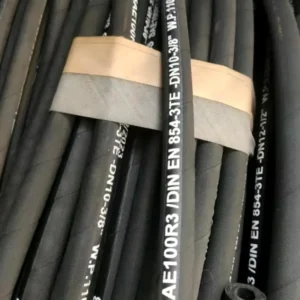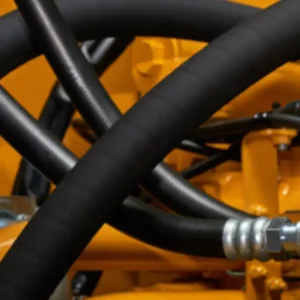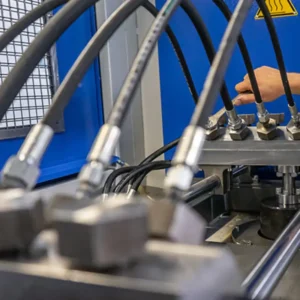As a leading provider of industrial hoses, we know that selecting the right material is one of the most critical decisions our customers face. You might be looking at two of the most common synthetic rubbers in our catalog, SBR and NBR, and wondering which one is right for your application. While they may look similar, their chemical composition gives them vastly different strengths and weaknesses.
My goal is to help you understand the key difference between SBR and NBR rubber so you can make an informed choice that ensures the safety, efficiency, and longevity of your operations.
Difference Between Sbr and Nbr Rubber
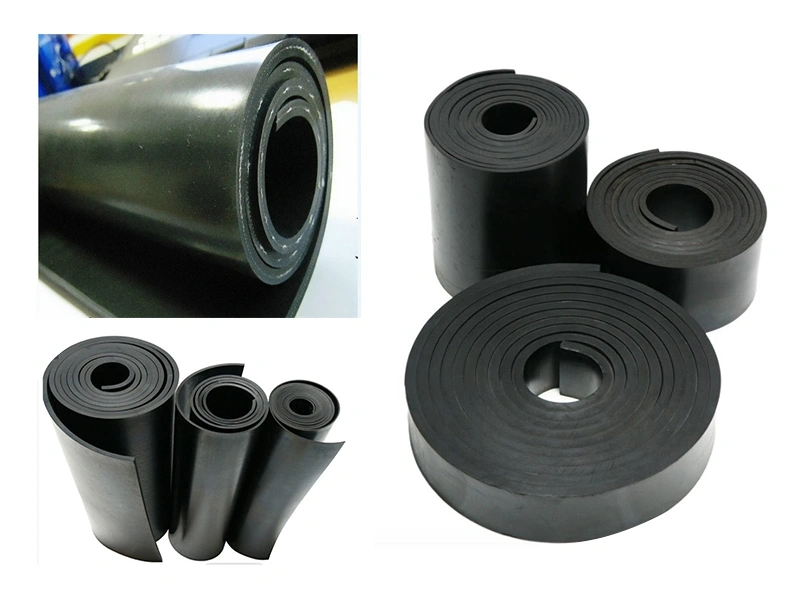
The core difference between SBR and NBR rubber is simple yet profound. SBR, or Styrene Butadiene Rubber, is a cost-effective, general-purpose compound ideal for applications where durability and low cost are the primary concerns. NBR, or Nitrile Butadiene Rubber, is a specialized, high-performance material that stands out for one critical reason: its superior resistance to petroleum-based fluids.
| Property | Our SBR Rubber Hoses | Our NBR Rubber Hoses |
| Primary Use | General Purpose / Abrasion Resistant | Specialized / Oil & Fuel Resistant |
| Key Strength | Cost-Effectiveness, Durability | Oil & Fuel Resistance, Low Compression Set |
| Key Weakness | Poor Oil & Weather Resistance | Poor UV & Ozone Resistance |
| Cost | Low | Moderate |
| Ideal For | Water transfer, air lines, non-oily systems | Fuel lines, hydraulic systems, oil transfer |
When to Choose Our SBR Rubber Hoses
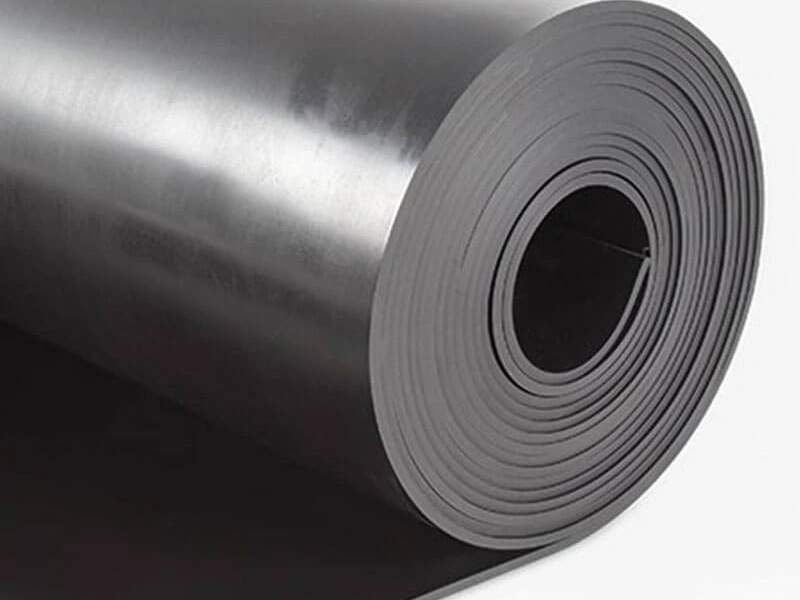
Our SBR rubber hoses are the go-to solution for customers who need a reliable, durable, and economical option for general-purpose applications. We specifically design our SBR product line to deliver excellent performance where oil and other petroleum fluids are not a factor. Our SBR hoses offer high tensile strength and great abrasion resistance, ensuring they can handle tough physical demands. We often recommend them for projects like:
- Water Transfer: Supplying water in agricultural, construction, or residential settings.
- Air Lines: Providing compressed air for tools and systems in workshops and factories.
- Abrasion-Heavy Applications: Conveyor belts, sandblast hoses, and other environments where constant friction is a concern.
Based on your new perspective as a hose supplier, here is a revised version of the blog post. This version maintains the SEO-friendly structure but is written to engage customers and guide them toward a purchase by highlighting your company’s expertise and product line.
When to Choose Our NBR Rubber Hoses
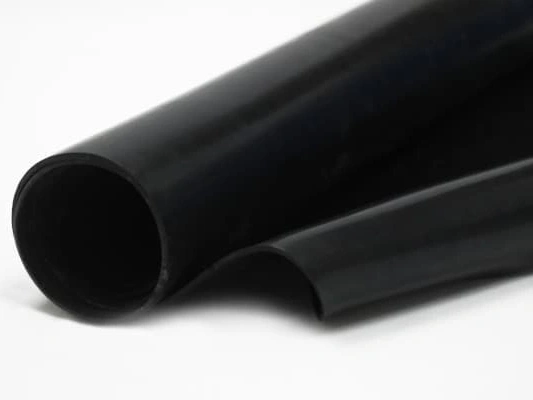
For applications involving petroleum-based fluids, our NBR rubber hoses are the only choice we recommend. We engineer our NBR products with a high percentage of acrylonitrile, giving them their exceptional resistance to swelling and degradation from oils, fuels, and hydraulic fluids.
This specialization makes them invaluable for critical systems where a leak could cause significant damage, or worse, create a safety hazard. We supply our NBR hoses for a wide range of uses, including:
- Fuel Lines: Safely transferring gasoline, diesel, and other fuels in vehicles and machinery.
- Hydraulic Systems: Used as return lines and low-pressure components where they are in constant contact with hydraulic fluids.
- Industrial Oil Transfer: Transferring lubricants and oils in manufacturing and processing plants.
How to Choose the Right Hose
Making the right choice can be complex, and that’s why our expert team is here to help. We don’t just sell hoses; we provide solutions. Our consultative approach ensures you get a product that is perfectly matched to your needs. Here is the process we follow to help our customers choose the correct hose from our extensive catalog:
- Understand Your Application: We start by asking about the hose’s intended use—is it for liquid transfer, air, or a specific process?
- Identify the Media: The most crucial question is what media the hose will be transferring. Will it come into contact with oils, chemicals, or simply water?
- Consider the Environment: We discuss the operating conditions, including temperature, pressure, and exposure to UV light or harsh weather.
- Recommend the Solution: Based on this information, we guide you to the specific SBR or NBR hose from our product line that meets all your technical and budget requirements.
Conclusion
The difference between SBR and NBR rubber is not just a technical detail; it’s the difference between a hose that performs reliably for years and one that fails prematurely. As your hose supplier, our commitment is to provide you with the highest quality products and the expert knowledge needed to make the right choice.
Whether your needs are for general-purpose durability with our SBR hoses or specialized oil resistance with our NBR products, we have a solution that will meet your standards for safety and performance. Contact our team to discuss your project, and let us help you find the perfect hose.

